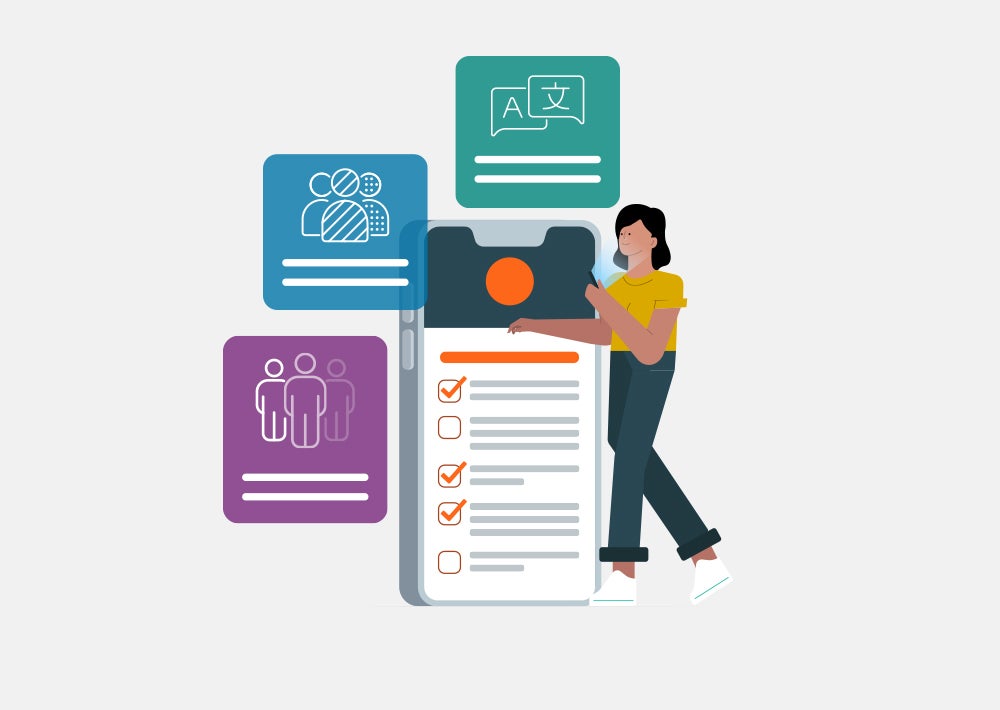Are your patients frustrated with long wait times? Are your front-desk employees courteous and helpful? Do your patients understand their clinician’s instructions? It’s hard to really know the answers to these questions without asking consistently asking patients for their feedback.
Post-visit patient satisfaction surveys engage patients in a dialogue and send a message that their experience matters. And when that survey data is available in real time, it enables healthcare organizations to identify issues and proactively address them.
The following three examples illustrate how patient survey data can shed light on problems that might otherwise go undetected and help practices drive improvement efforts.
Obstetrics and Gynecology of Indiana
Leaders at OB/GYN of Indiana, a multi-location obstetrics and gynecology practice, were hoping that implementing automated satisfaction surveys would give them better insights about their patients’ experiences and preferences. The surveys revealed one particularly unexpected issue, said Paul Stage, the practice’s Information Technology Director.
“It turned out we had a parking problem that we didn’t know about,” Stage explained.
One of the practice’s locations had begun offering valet parking as a feature to enhance the patient experience. The surveys revealed that it had had the opposite effect. Some patients said the valet attendant was not present when they arrived, while others were frustrated that the non-valet spots were now located far from the entrance.
“We were so sure that parking was not a problem for us that we that almost didn’t include it in our surveys,” Stage said. “It turned out to be one of our biggest issues.”
Spurred by that data, the practice worked with the neighboring hospital to open up additional non-valet spaces, and continued to monitor patients’ parking-related survey responses to ensure their fixes were working.
Triangle Urology Associates
Patient survey data also delivered a surprise to Triangle Urology Associates, a three-location urology practice in North Carolina. According to Davin Brown, the practice’s Chief Financial Officer, the practice learned from its survey responses that the after-hours phone service it was using had implemented big changes.
“With our old process, when patients called us after five o’clock, their call would be directed to an administrative person at a nearby hospital who would either forward the patient to a physician or instruct them to call us back in the morning, based on the severity of their condition,” Brown explained.
But unbeknownst to anyone at Triangle Urology Associates, the after-hours service had changed its process so that patients who called the practice after five o’clock were instead directed to the hospital’s main automated message. Confused, most patients just hung up, Brown said.
“We thought we had a doctor on call 24-7 and our patients were reaching a person whenever they called after hours,” he added. “Without the surveys, we never would have known that was not the case.”
Soon after, the practice hired a new after-hours service.
Gwinnett Center Medical Associates
Leadership at Gwinnett Center Medical Associates, a primary-care practice located in Lawrenceville, Ga., knew that long wait times were an issue. But they didn’t realize the extent of the problem until they started administering post-visit satisfaction surveys to their patients.
“Before we started using surveys, it was very difficult to get a true and clear picture of what our patients thought of their visit,” said Shari Crooker, RN, the practice’s Administrator. “They might call or email with a complaint, but we rarely got the full picture of what was happening.”
As Crooker expected, the most common complaints were about wait times. But the surveys allowed her to look deeper into the problem to find out where patients were waiting, how long they were waiting and how long they thought they were waiting versus actual wait times.
Armed with that data, she concluded that tasks such X-rays, EKGs and ear cleanings were taking up nurses’ time and causing waiting-room bottlenecks. In response, the clinic redesigned its clinical workflow and tasked a newly assigned technician with those duties.
“We knew there was an issue with wait times, but seeing those patient comments really hit home and helped us make the changes we needed to,” she said.
Get feedback from your patients with Phreesia’s patient survey software.




